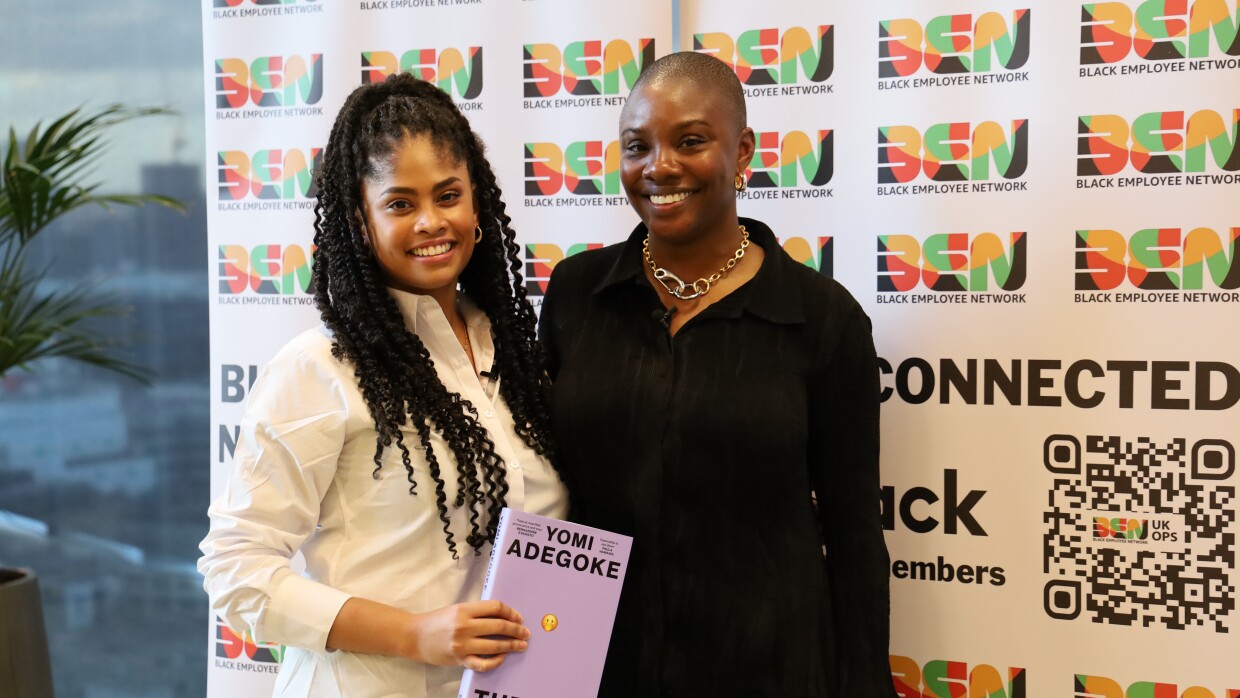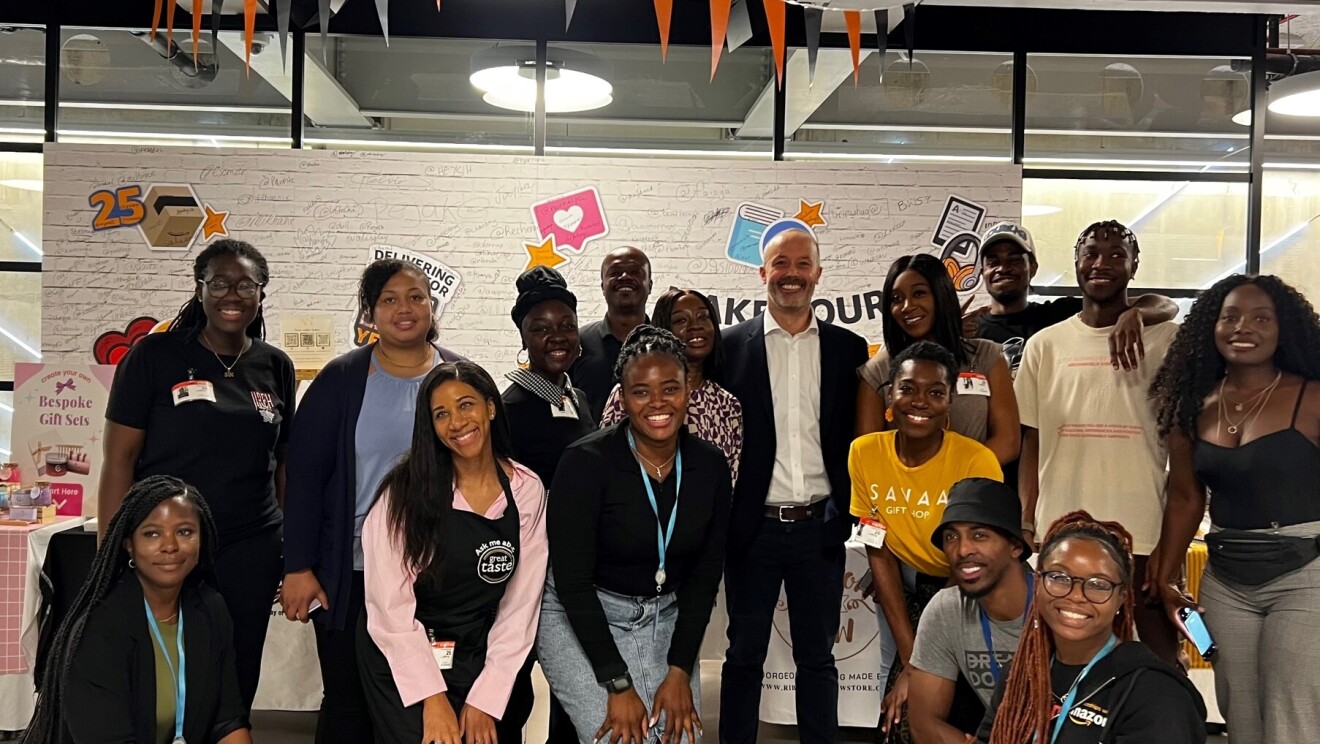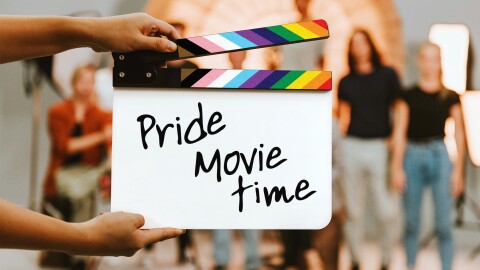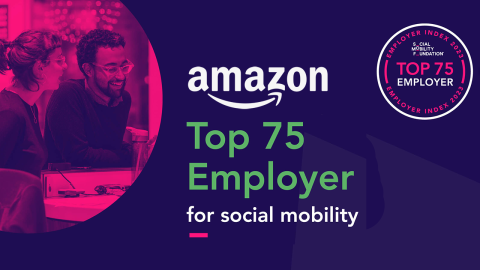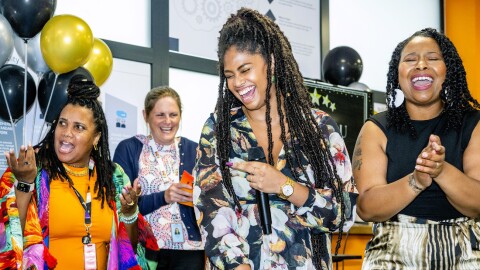Each year as Vice President of the Black Employee Network (BEN) UK Ops chapter, I organise a calendar of educational and celebratory events aligned to a specific theme to celebrate Black History Month. This year’s theme at Amazon was, ‘Black is…’ which was all about highlighting the positive aspects of Black people and our culture. Often, the word ‘Black’ is associated with negative connotations like black list, black sheep, and black market, but I believe that words have the power to inspire and affect change. So, each event this year was aligned to a ‘Black is…’ positive affirmation.
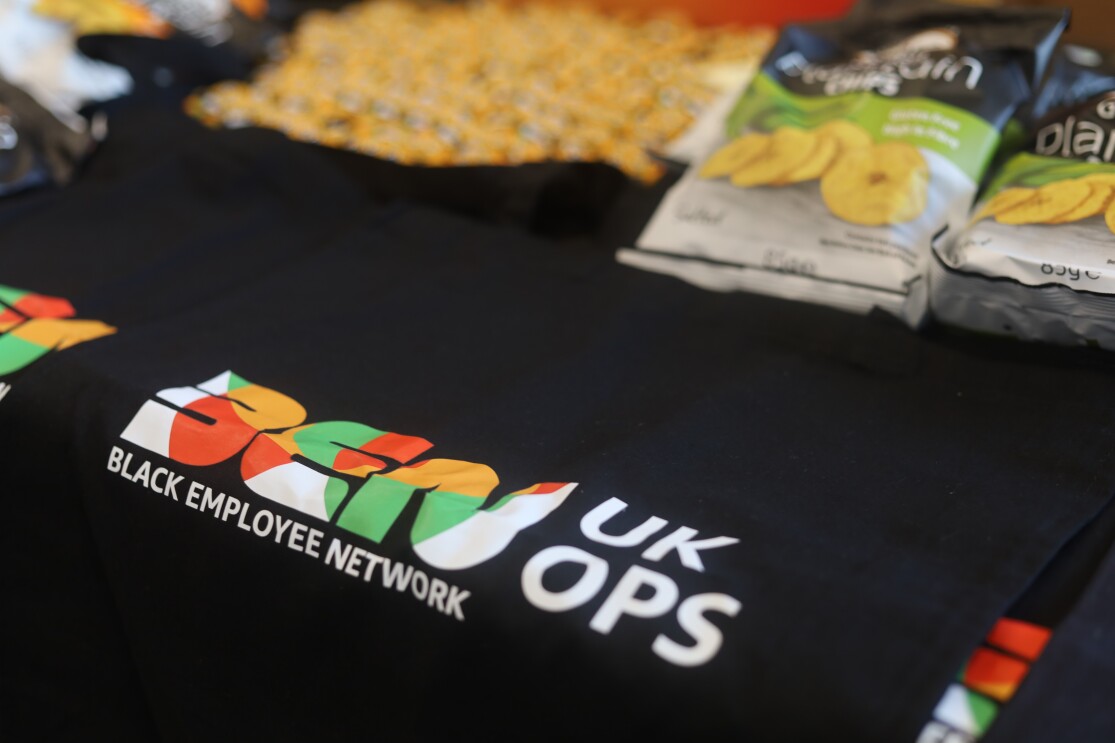
One of the flagship events for this year’s Black History Month was an in-depth conversation with Black British author Yomi Adegoke, themed; “Black is Creative…”, aimed at celebrating the many ways Black creatives have excelled across the arts, culture, and publishing industry. I became a fan of Yomi after reading her first book, ‘Slay in Your Lane: The Black Girl Bible’ in 2018, and reading her new novel ‘The List’ has been the cherry on top.

The List follows feminist journalist Ola and her fiancé Michael, who are considered to be ‘couple goals’ (#BlackLove) and appear to have it all… until Michael’s name appears on a list of anonymous allegations about abusive men. With their future and marriage on the line, Ola gives Michael an ultimatum to prove his innocence by their wedding day in a month. The book delves into cancel culture and social media, but also explores important themes like code-switching, Black male mental health and feminism.
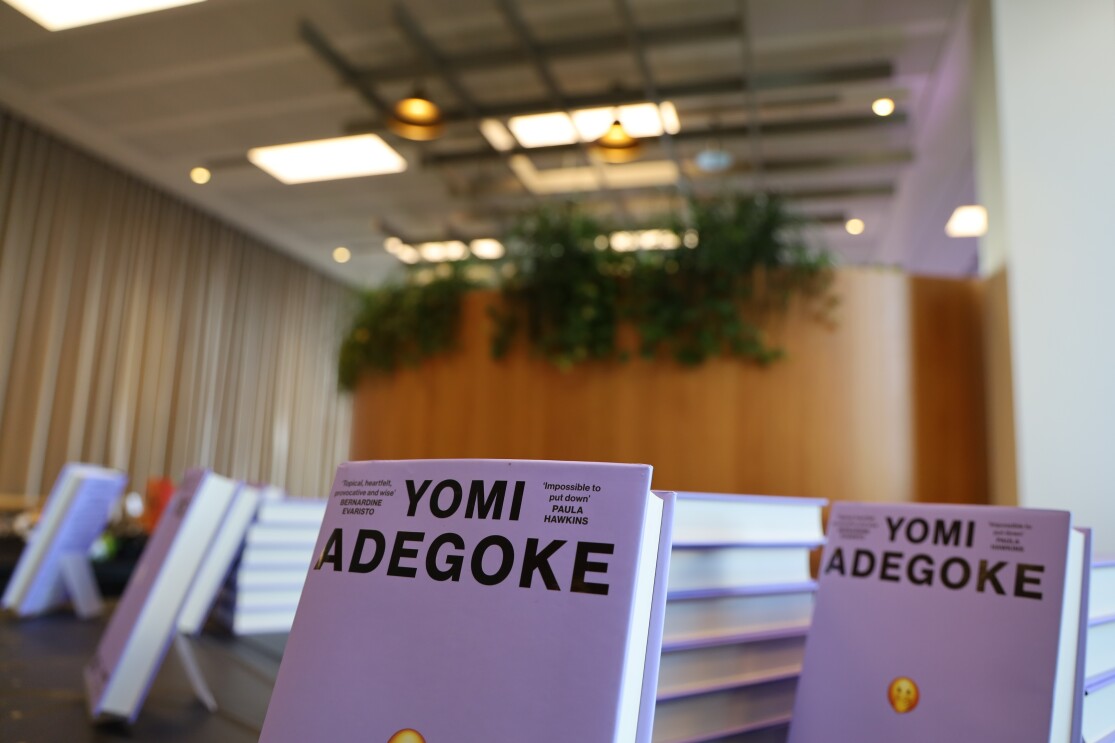
During my conversation with Yomi, we discussed her inspirational career journey, writing with specificity and authenticity, her inspirations, and the characters in her debut book, ‘The List’.
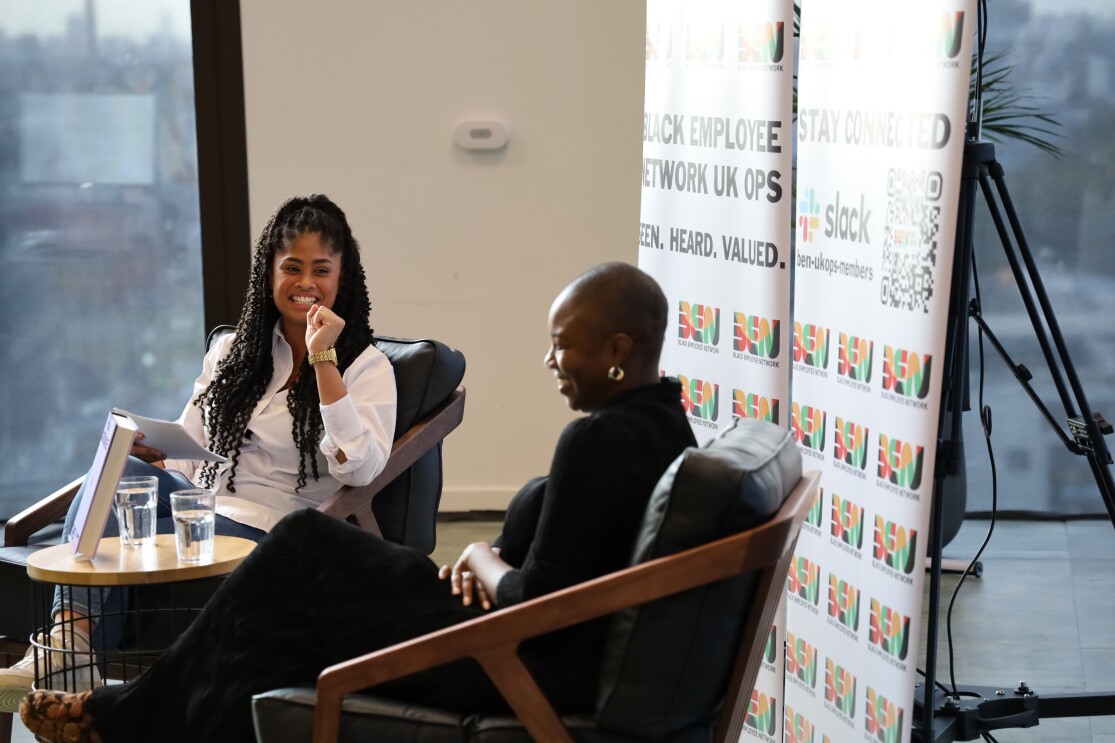
See below for some highlights from my Q&A session with Yomi Adegoke.
Can you tell us more about your career and navigating the media space as a Black woman?
It has been a challenging but rewarding journey. When I first started in journalism, there were only a few Black women journalists that were prevalent, and within that small group, very few were state-educated or from working class backgrounds. I became very interested in diverse representation, not just in terms of race but also ‘diversity within diversity’ – having different types of Black voices in the media space.
My unique perspective as a journalist - being an under-30 and Black person working at Channel 4 news at the time - allowed me to write pieces that spoke to an underserved demographic. It allowed me to be pioneering and create representation for things which were not seen elsewhere. That experience was the genesis for my first book Slay in Your Lane. There was a self-help boom in publishing but there was nothing specific for Black women. My co-author, Elizabeth Uviebinené, and I thought, "Okay, this isn't speaking to everyone," and we tried to fill that gap. That has been my mission for the last decade or so.
What would you say is your proudest moment in your career so far?
If I had to choose the proudest moment of my career, it would be when my latest book, ‘The List’ was selected as the October book club pick on Good Morning America. I also had the incredible opportunity to appear on Good Morning America, and it was so surreal. All I could think was, “How did I get here?”. The List is a representation of Black Britishness that is hyperlocal and hyper-specific which is different from what has been globally exported so far. Many of the characters hail from South or North London and speak like they’re in Top Boy but are upwardly mobile and in middle class professions . It includes references to the diverse aspects of Black British people and our culture.
Before becoming an author, I used to write about Black British music and artists like Stormzy and Krept and Konan (who are all Croydon natives), or Dave who have all become global stars and have brought such a unique and specific sound from a small island - and even smaller demographic on that island - to the rest of the world. Looking around, I think “That’s what The List is doing now”. It’s amazing to have people read something so specific and find universality in it. I’ve had readers in Alabama reach out to me saying they love the book, even though they might not understand all the slang. It’s an incredible feeling.
Who would you say is one of your biggest inspirations?
Bernadine Evaristo is an inspiration both professionally and personally. She is a remarkably talented and thoughtful person, and I am lucky to call her my friend. Her commitment to uplifting and supporting Black creatives is truly admirable. I remember a panel event we did together for the Black British publication, gal-dem. It was the day after she won the Booker Prize for her book ‘Girl, Woman, Other’, and we were all wondering if she would make it, but she was the first one there! It just shows how much she values people’s time. She also gave ‘The List’ such a glowing review, which I really appreciated.
What was the inspiration behind the main characters (Ola and Michael) in the book?
I wanted to create relatable and complex characters with Michael and Ola. Ola is a dark-skinned Black woman, who is hyper-visible and in a high-profile relationship with Michael, a dark-skinned Black man who has just got his dream job. They are held up as an aspirational couple on social media, despite their secretly flawed relationship. .
For Ola, I wanted someone who people could see themselves in. Ola is a feminist, a progressive who assumes she has the right answers and will always do the right thing. I wanted to explore what happens when someone with such strong beliefs and values is placed in a situation that truly tests their values.
I intentionally wrote Michael as a morally flawed character to ask difficult questions about whether readers can empathise with someone who has potentially done something heinous. It’s been fascinating to hear men say, “Michael is terrible but he’s a really accurate and realistic portrayal”.
Why was it so important to you to include authentic depictions of British African culture in this book?
It was important to me to write something genuine and accurate. When I began my career in music journalism, I often read pieces about Afro-beats or Grime that were inauthentic and always wanted to provide a corrective. With this book, I had the perfect opportunity to do just that and write about stories and characters that were true and specific to the Black British community. Writing authentic cultural depictions was a subconscious process and not something I had to actively think about. I was writing about my culture, identity and what I knew, but as a British-Nigerian, I also did a lot of research when it came to depictions of Ghanaian culture. I spoke to ‘aunties’ and ‘uncles’ within the community to translate and write words in Twi to make sure I got the right dialects and accents. For Michael’s chapters, I also spoke to Black men to make sure I wrote their dialogue and speech patterns perfectly, right down to their emoji use.
It's interesting, that much of the feedback from Black readers has been, "I didn't know that you were allowed to write Black characters, Black British characters, with this level of specificity." Some readers have criticised the book as they’re not able to understand every single cultural reference, but I believe that the human experience is universal. Even though the wider public might not understand every single reference, most people will still enjoy the book and its characters. One of my favourite shows is Peep Show and though the main characters are from Croydon as I am – that’s where the similarities end. That doesn’t mean I enjoy the show or relate to the characters any less.
You briefly touched on toxic masculinity in the book, but why was it important for you to explore male mental health through Michael and his friends?
The chapters alternate between Ola’s and Michael’s perspectives to show the differences in their support systems and how it’s impacted their mental health. Ola has friends she can talk to and share her feelings with, but it quickly becomes clear that Michael doesn’t have the same level of emotional support – his friends are present but only to offer practical advice. This is not to suggest that Michael’s friends aren’t supportive or that men can’t be supportive friends but rather to show that sometimes emotionally vulnerable spaces aren’t available to men and to explore the impact of that.
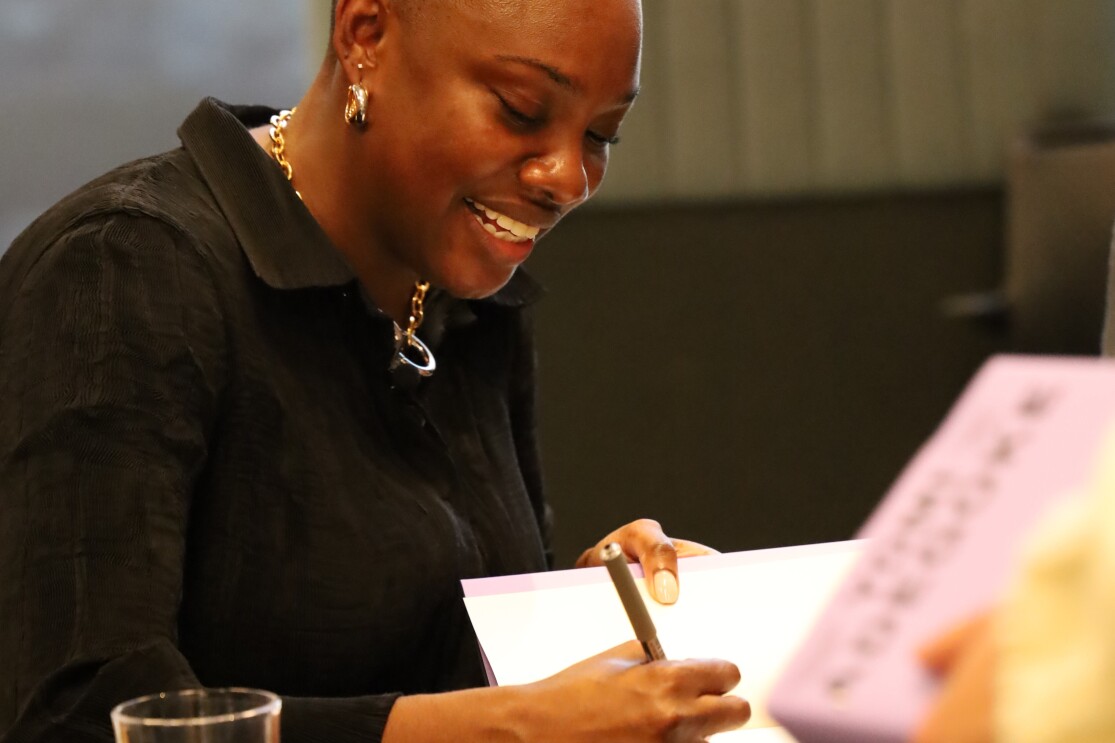
Interviewing Yomi felt like having a conversation at my dining table. She was relatable, engaging and most importantly, completely herself. This is one event I will never forget.
A snapshot of Black History Month at Amazon
At Amazon, the Black Employee Network (BEN) hosted a range of activities to celebrate Black History Month. Centred around the theme ‘Black Is ...’, the events included a talk by inspirational author and corporate director Buchi Onwugbonu based on his book ‘Jump!’, a collaboration with NHS Give Blood and Sickle Cell Society to raise awareness about sickle disease and a creative masterclass led by Pitcher & Paint. The month’s celebrations concluded with a special performance from the renowned spoken word performer George Mpanga, aka George the Poet, who helped everyone celebrate the rich cultural heritage of the black community as they engaged with his thought-provoking poetry.
Learn more about the 10 must-read books for Black History Month 2023.



